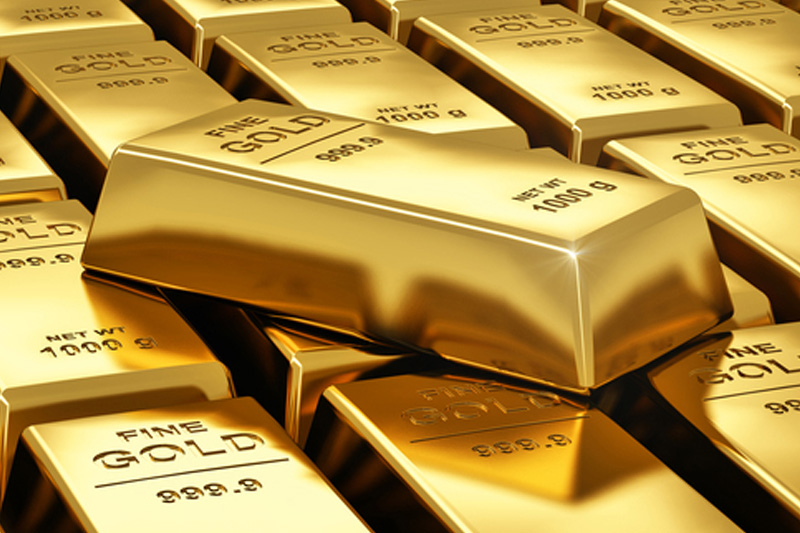By Barani Krishnan
Investing.com - The two-week long party in gold has proven to be exactly that: two weeks long.
Bulls in the precious metal trying to hold on the $1,800 handle and reach for $1,900 next saw their hopes dashed by a Federal Reserve that took a big bite out of the gold market with its super-hawkish monetary policy to wade the U.S. out of the worst inflation crisis in decades.
“The $1,800 level was a key support level for gold, so momentum selling has the potential to make this an interesting trade,” said Ed Moya, analyst at online trading platform OANDA. “If it gets ugly quickly and $1760 breaks, gold may not see much support until $1720.”
Gold futures’ most active contract on New York’s Comex, April, settled down $8.40, or 0.5%, at $1,778.80 an ounce. Over the past two sessions, the benchmark gold futures contract fell just shy of $60 in total. That handed the contract a weekly loss of more than 2%, virtually wiping out the back-to-back gains of the past two weeks.
The Federal Reserve unveiled this week a new hawkish era for U.S. monetary policy, with Chairman Jerome Powell not discounting the possibility that U.S. interest rates might go up every month this year after the first pandemic-era hike is in, possibly in March.
The Fed dropped interest rates to virtually zero after the Covid-19 outbreak of March 2020, and kept them for over 20 months. Powell and other central bank officials say a series of rate hikes will be needed now to curb price pressures ramping up as a result of the trillions of dollars of pandemic relief spending and supply chain disruptions caused by the crisis.
Gold has always been branded as a hedge against inflation while rate hikes are typically negative for the yellow metal.
But even prior to its January run, gold has had trouble living up to its billing as an inflation hedge as the Dollar Index and U.S. Treasury yields often spiked in anticipation of rate hikes.
That appeared to initially change when the yellow metal broke past the $1,835 resistance more last week and managed to hover around there.
“The breakout above $1,850 was actually a fake-out scripted by the bears in the backdrop of Fed's hawkish tone that turned tables on the bulls, pushing gold down to $1,791,” said Sunil Kumar Dixit, chief technical strategist at skcharting.com and a long-term follower of gold charts.
Dixit said gold’s weekly stochastic reading of 60/69 made a negative crossover below the 70 line, supported by a downward pointing Relative Strength Index that showed domination by bears in the market.
He added:
“It looks like the rout is far from over as the weekly close below $1,797 — which is a 50% Fibonacci retracement, measured from the $1,678 low of March 2021 to the $1,916 peak that followed — may extend the bearish bias which will target $1,785, $1,770 and $1,753 initially.”
On the other hand, gold’s daily stochastic reading of 11/32 was approaching oversold territory, said Dixit.
“This may start a short term reversal by mid of next week, causing a bounce back in gold prices to retest the $1,818-$1,825-$1,835 levels.”
Despite the near-term odds stacked against gold, some analysts remain hopeful that the metal will find vigor to approach record highs again this year if the U.S. inflation theme remains strong through 2022.
In 2020, gold got to all-time highs above $2,100 on the back of inflation concerns as the United States began its biggest budget deficit with the onset of the Covid-19.
But others say the challenges facing gold in the current era of US monetary policy should not be understated.
